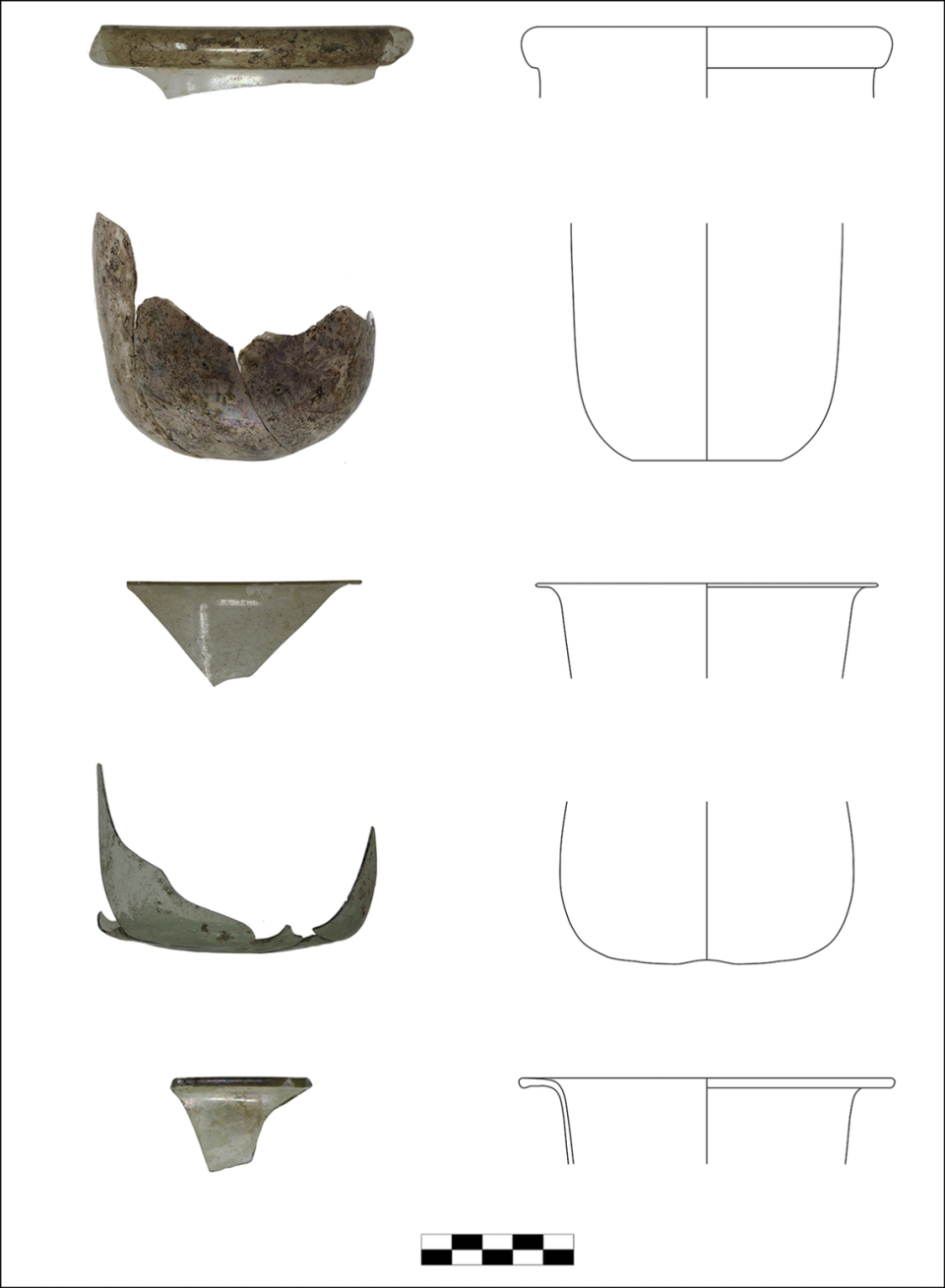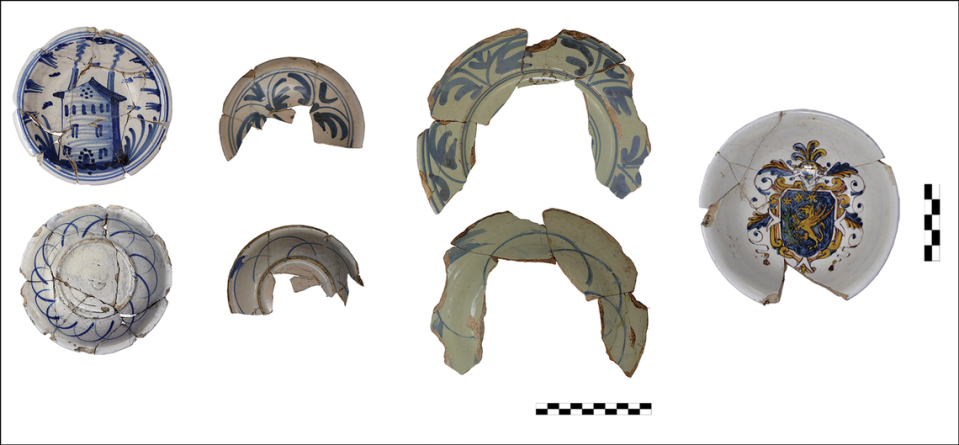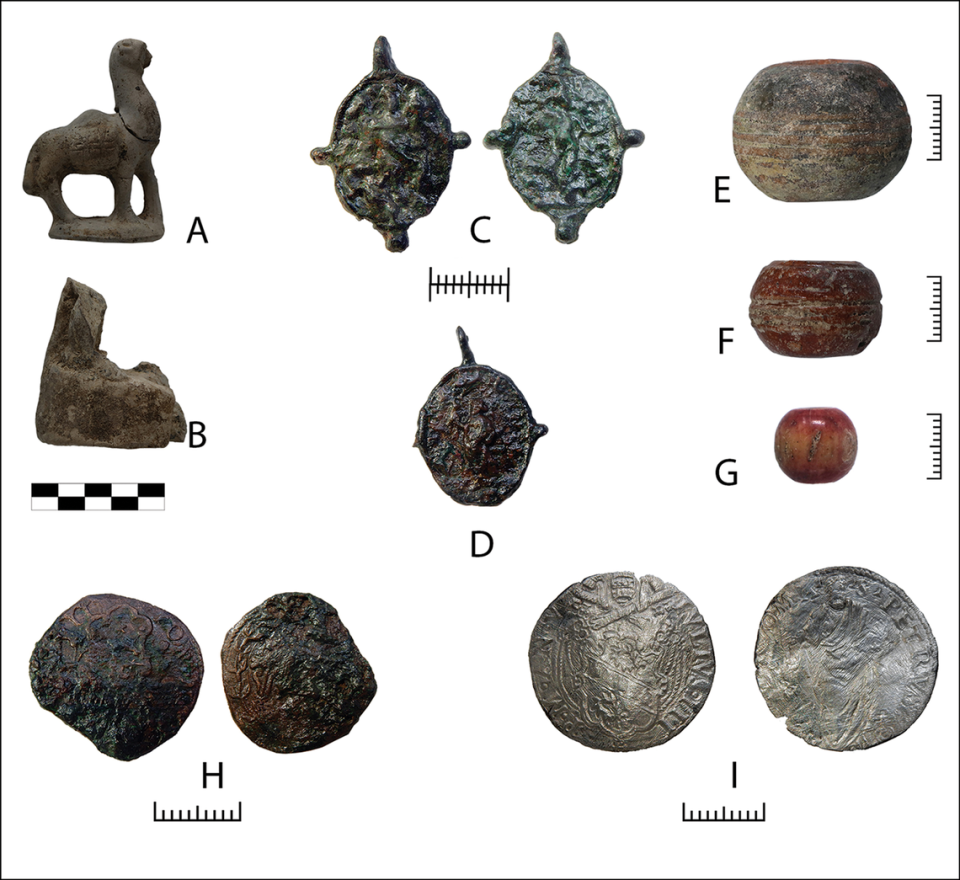Urine flasks — for smelling and tasting pee — found in 400-year-old dump in Italy
Dotting trash cans around a contemporary hospital, the overlapping circular pattern of the biohazard symbol is a well-known warning sign. The thick black symbol, occasionally placed on a vivid red background, is a clear signal to doctors of where to throw out potentially hazardous objects and to everyone else of where not to touch.
Although the biohazard symbol is relatively new, medical waste protocols aren’t, as archaeologists in Italy were recently reminded.
A team of Danish and Italian researchers were excavating Caesar’s Forum, a 2,000-year-old public space in central Rome, when they found a sealed cistern, according to a news release and project description from Aarhus University.
The 9-foot-deep cistern dated to the second half of the 16th century, according to a study published April 11 in the journal Antiquity. The empty pit was filled with trash, sealed with clay and left untouched for centuries.
Archaeologists identified the pit as a Renaissance-era medical dump based on the distinctive collection of artifacts it contained.
Doctors in Italy during this era recognized that diseases could spread through human contact or through contact with contaminated objects, the study said. Consequently, hospitals had protocols to throw out infected objects, especially during plague outbreaks.
Excavations of the dump uncovered “small, intact medicine containers,” other glass medical vessels and urine flasks, researchers said. Urine flasks were used to collect a patient’s urine for doctors to analyze its “colour, sedimentation, smell and sometimes even taste.”
For example, doctors could identify a diabetic’s urine based on the “sweet” smell and taste “due to extra glucose,” LiveScience reported. Photos show the urine flask fragments.

Cooking vessels and other items for serving food were found in the medical dump, the study said. Sixteenth-century Roman hospitals issued single-serving plates, bowls and jugs to patients when they were admitted. Use of these kitchen items was “restricted to each individual patient,” researchers said.
Photos show some of these fractured and reconstructed items.

Other small items uncovered from the medical trash were identified as patients’ personal belongings. These artifacts included ceramic figures, two bronze medals, several coins and a rosary bead. Photos show these personal items.

The trash found at Caesar’s Forum was excavated in 2021. Archaeologists noticed a “striking” similarity between the items found at the forum and another nearby rubbish site outside a 16th century hospital, the Ospedele dei Fornari, excavated in 2009.
“Almost all the vessels from the 2021 dump find direct parallels” to artifacts from the 2009 dump, researchers said. “These similarities, together with the proximity of the two dumps, strongly suggest that all the material originated from the same hospital complex.”
Archaeologists suspect the hospital filled the closer, larger dump site then “diverted waste to a more distant location at Caesar’s Forum.”
Excavations at Caesar’s Forum are ongoing, according to the project website.
Shipwreck found off Florida beach is much larger than originally suspected, team says
Rare sculpture of Mayan god found in path of train construction, Mexican officials say
Someone buried treasure 2,000 years ago and never returned. A hiker just found it

